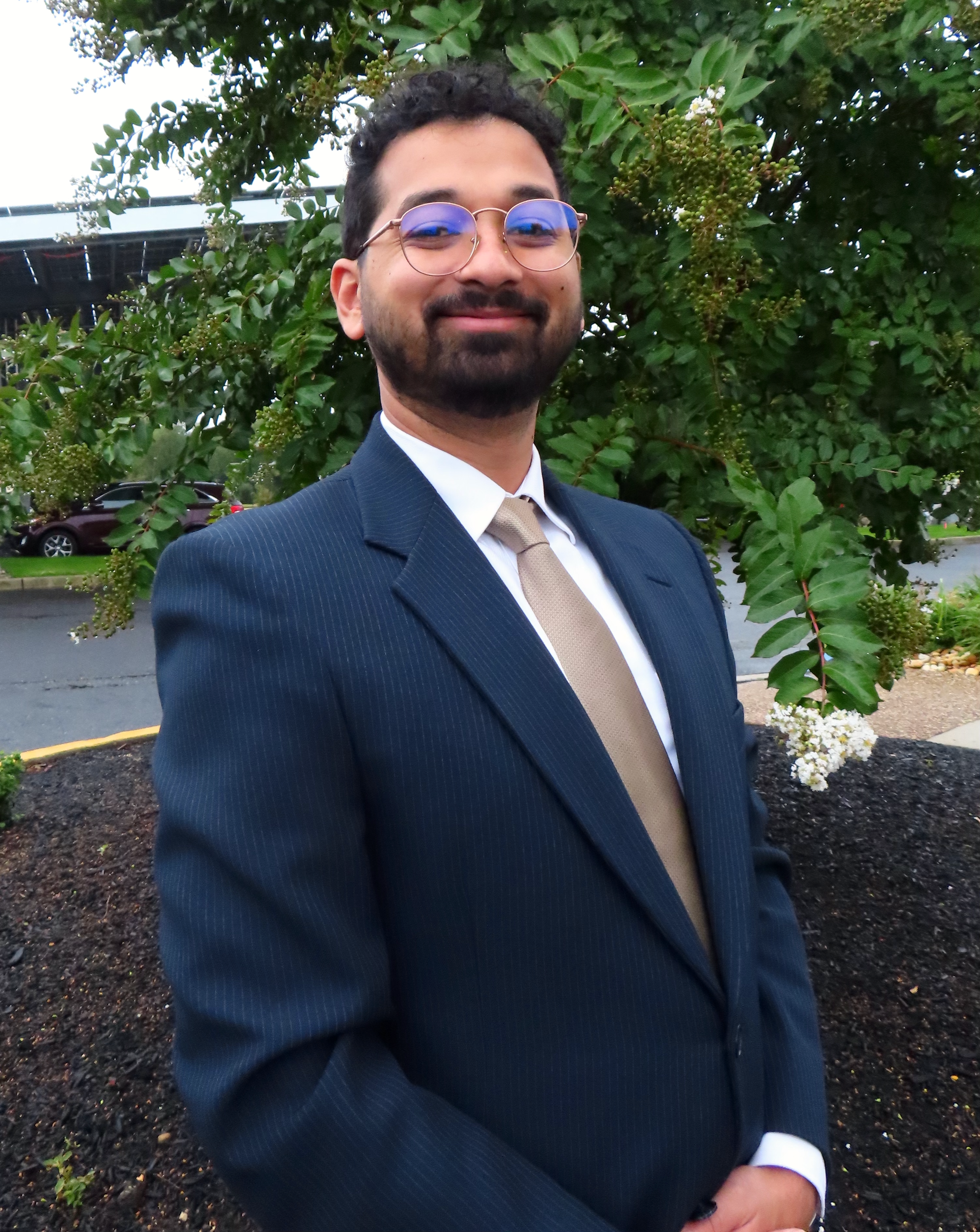Teaching
Teaching Philosophy
My primary goal as an educator is to teach students how to think like economists—not just to memorize models, but to build intuition and develop the critical thinking skills needed to apply economic reasoning to real-world complexity. The classroom models we study are deliberately simplified, and I emphasize that we should not treat them as the final word. Instead, they serve as a foundation for understanding the messy, multifaceted problems students will encounter in their lives and careers. I want students to leave my courses equipped to push beyond textbook examples, to recognize when assumptions break down, and to adapt their analytical toolkit to new situations.
To achieve this, I design my teaching assistant sections around active learning. I believe that learning is fundamentally an active task—students learn by doing, not just by listening. In my sections, I regularly call on students during class, ask them to work through problems in real time, and create opportunities for them to practice recall and articulation. This approach can feel uncomfortable at first, and I acknowledge that openly. I tell students that learning to say "I don't know" is a crucial skill that keeps us on the side of expertise rather than charlatanism. The discomfort of being called on is far outweighed by the benefits: practicing recall strengthens memory, verbalizing ideas clarifies thinking, and engaging actively with material makes it stick.
I also bring economic concepts to life by connecting them to current events and issues students care about. I use additional readings from news sources and ask students to find and discuss their own examples, helping them see that the tools we're developing in class have immediate relevance. This dual focus—on rigorous analytical thinking and practical application—ensures that students do not just learn economics, but learn to use economics to make sense of the world around them.
Econ 162 - Monetary Policy
Instructors: Chris Surro
Quarters: Spring 2022, Spring 2023, Spring 2024, Spring 2025
Undergraduate course, UCLA, Economics
This advanced course examines how monetary policy operates in the United States during the 21st century, with particular focus on revolutionary changes in Federal Reserve policy. Students study theoretical models and historical events from the 19th century through modern times, using Ben Bernanke’s “21st Century Monetary Policy” as a foundation. The second half emphasizes practical application through group presentations modeled after the college Fed Challenge, where students analyze current economic conditions, forecast key variables, identify risks, and develop policy recommendations for the Federal Reserve. The course develops both analytical and communication skills essential for economics careers.
Econ 11 - Microeconomic Theory
Instructors: Chris Surro
Quarters: Spring 2022
Undergraduate course, UCLA, Economics
This course provides a rigorous introduction to the fundamental tools of microeconomics. The first half focuses on consumer choice theory and demand-side economics, including utility maximization, expenditure minimization, and income and substitution effects. The second half develops supply-side economics through production functions, cost minimization, and profit maximization, culminating in both partial and general equilibrium analysis. Students learn to approach economic questions analytically and build the technical foundation necessary for advanced work in economics.
Econ 102 - Intermediate Macroeconomics
Instructors: David Baqaee , Chris Surro
Quarters: Winter 2022, Fall 2025
Undergraduate course, UCLA, Economics
This course introduces core concepts in macroeconomic theory and their real-world applications. Topics include business cycles, economic growth (including the Solow growth model), inflation, unemployment, and monetary policy. The first half covers long-run growth models and classical economic theory, while the second half explores Keynesian economics through the IS-LM and IS-MP-PC models, international macroeconomics, and modern approaches to monetary policy. The course includes an Excel assignment to deepen understanding of key models and emphasizes connecting theoretical frameworks to current economic events.
Econ 106M - Financial Markets and Financial Institutions
Instructors: Jon Williams
Quarters: Fall 2021
Undergraduate course, UCLA, Economics
This course examines the critical role of financial intermediaries—including banks, insurance companies, and securities firms—in the global economy. Students study the day-to-day operations of these institutions and how they attract savings and create investments through financial services, securities, loans, and advice. Core topics include the time value of money, risk analysis, bonds and the term structure of interest rates, equities, derivatives, and financial regulation. The course emphasizes the Federal Reserve’s role in monetary policy and its impact on money supply and interest rates to achieve price stability and full employment. Special attention is given to financial crises, including the 2007-2009 crisis, examining whether such catastrophic losses can be prevented or mitigated. Classes begin with discussions of current financial news, applying analytical frameworks to real-world events, and the course includes a required research paper on a finance topic of the student’s choosing.
